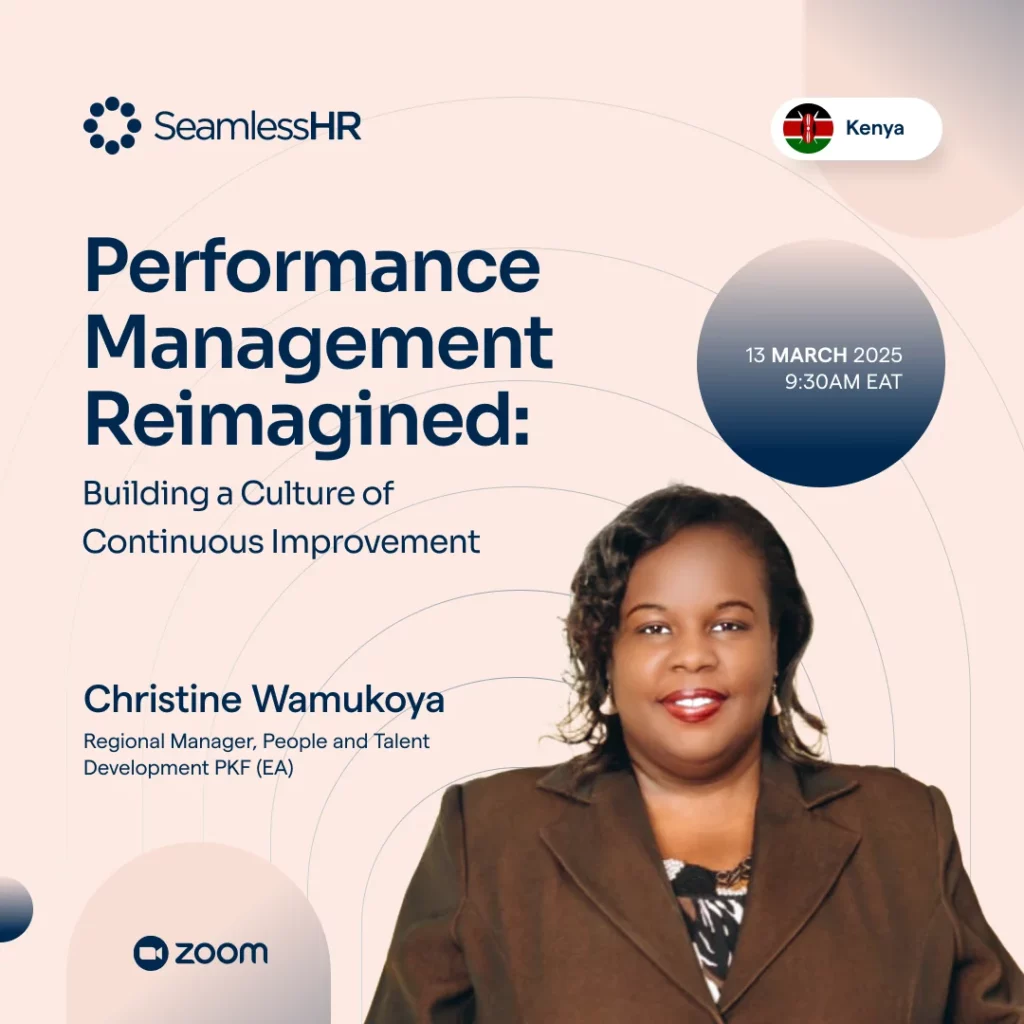Performance management has long been the cornerstone of organisational growth and employee development. Yet, in many workplaces today, it still resembles a once-a-year ritual more than a strategic, continuous process. Traditional employee appraisals are often met with dread—by both managers and employees. They can be vague, biased, outdated, or even demotivating.
So, what if we could reimagine performance management entirely?
It’s time to move beyond the confines of legacy systems and shift into a dynamic, people-focused, impact-driven approach that champions growth, feedback, and agility. Here’s what reimagined performance management looks like.
What’s Broken in Traditional Performance Management?
Before we discuss what’s next, it’s important to address what’s not working. Many of the flaws in traditional performance management stem from biases and outdated systems that overlook employee potential, stunt growth, and discourage innovation.
Here are some common dysfunctions:
- The Halo & Horns Effect – One positive or negative incident colors the entire appraisal, distorting reality.
- Drama Triangle – Appraisals that play out like soap operas, creating blame cultures with “victims,” “persecutors,” and “rescuers.”
- Reluctant Leader Syndrome – Appraisers or appraisees avoid honest conversations to sidestep conflict, leading to sugar coated or vague feedback.
- Tall Poppy & Queen Bee Syndromes – High performers get cut down, or senior leaders take credit for junior employees’ contributions.
- The Old Boys Club – Power dynamics and favouritism create an exclusive culture, marginalising fresh perspectives and real performance.
These challenges not only demoralise staff but also obstruct performance improvement and innovation.
The Case for Continuous Performance Management
The business landscape is evolving faster than ever. So why are performance reviews still stuck in the past?
Traditional, once-a-year appraisals are proving ineffective in today’s agile world. Organisations need real-time insights, flexible goals, and consistent feedback loops that support employees throughout the year—not just at year-end.
Here’s how performance management should evolve:
1. Real-Time Check-Ins: Forget the annual review. Modern employee performance management is about frequent, informal check-ins that track progress and align efforts with evolving priorities. Whether weekly, biweekly, or monthly, these touch-points help employees course-correct and stay engaged.
2. Conversational Feedback: Feedback should be constructive, consistent, and two-way. No one grows from vague criticism. A simple yet powerful approach is the Sandwich Method: start with positive feedback, address areas for improvement, and end with encouragement.
3. Agile Goal Setting: In a rapidly changing market, rigid annual goals can become irrelevant fast. Instead, goals should be set collaboratively, reviewed regularly, and adjusted as business needs evolve. The focus should shift from “set and forget” to measurable impact and adaptability.
4. Coaching & Mentorship: Performance management isn’t just about evaluation—it’s about enabling growth. Coaching provides focused skill-building, while mentorship offers long-term career guidance. Together, they nurture a learning culture that empowers employees to thrive.
5. Live Performance Insights: With the right tools and metrics, organisations can track performance in real time. This prevents issues from escalating and enables data-driven decisions that are fair and transparent. From productivity and engagement metrics to goal attainment, performance data should be actionable and continuous.
Aligning With the Realities of Africa’s Workforce
Performance management doesn’t happen in a vacuum. In regions like East Africa, several dynamics must be considered:
1. Talent Oversupply – Many organisations face an oversupply of talent, making employee performance differentiation even more critical.
2. VUCA Environment – Volatile, Uncertain, Complex, and Ambiguous business conditions require flexible, responsive performance systems.
3. Cultural Nuances – Feedback, motivation, and engagement strategies must respect cultural and social contexts.
4. Digital Transformation – Technology is reshaping the way performance is tracked, reviewed, and optimised.
By factoring in these regional realities, organizations can design context-aware performance strategies that truly resonate with their workforce.
Inculcating a Winning Mentality
Great performance systems don’t just track results—they build mindsets. Reimagined performance management fosters a winning culture where employees are empowered, accountable, and driven to succeed.
To do this, organisations must:
- Encourage big-picture thinking
- Embrace a fail-and-learn culture
- Shift from blame to accountability
- Recognise effort and progress, not just perfection
- Celebrate collaborative wins
That said, balance is key. Be mindful not to create “achievement addicts” obsessed with external validation, or persist with broken systems in the hope they’ll work. Give people the space—and second chances—they need to improve.
It’s Time for a Performance Evolution
Reimagining performance management isn’t a luxury—it’s a necessity. The future belongs to organisations that view performance not as an annual verdict, but as a daily commitment to growth, alignment, and excellence.
By fostering real-time feedback, agile goals, supportive coaching, and data-informed decisions, organisations can unlock the full potential of their people—and thrive in an ever-changing world.
The question isn’t whether performance management needs to change. It’s how soon your organisation is ready to embrace the transformation.
This article draws from insights shared by Christine Wamukoya, Regional Manager, People and Talent Development at PKF during a March 2025 webinar focused on helping businesses in Kenya build a culture of continuous improvement.

Whether you’re managing hybrid teams or looking to boost workforce productivity, the SeamlessHR solution is built to drive productivity and support business growth.
Available in Nigeria, Ghana, Kenya, and other African countries, our time management software ensures compliance and simplifies operations.
Let’s discuss how we can help you streamline attendance and optimise your workforce for greater success.






